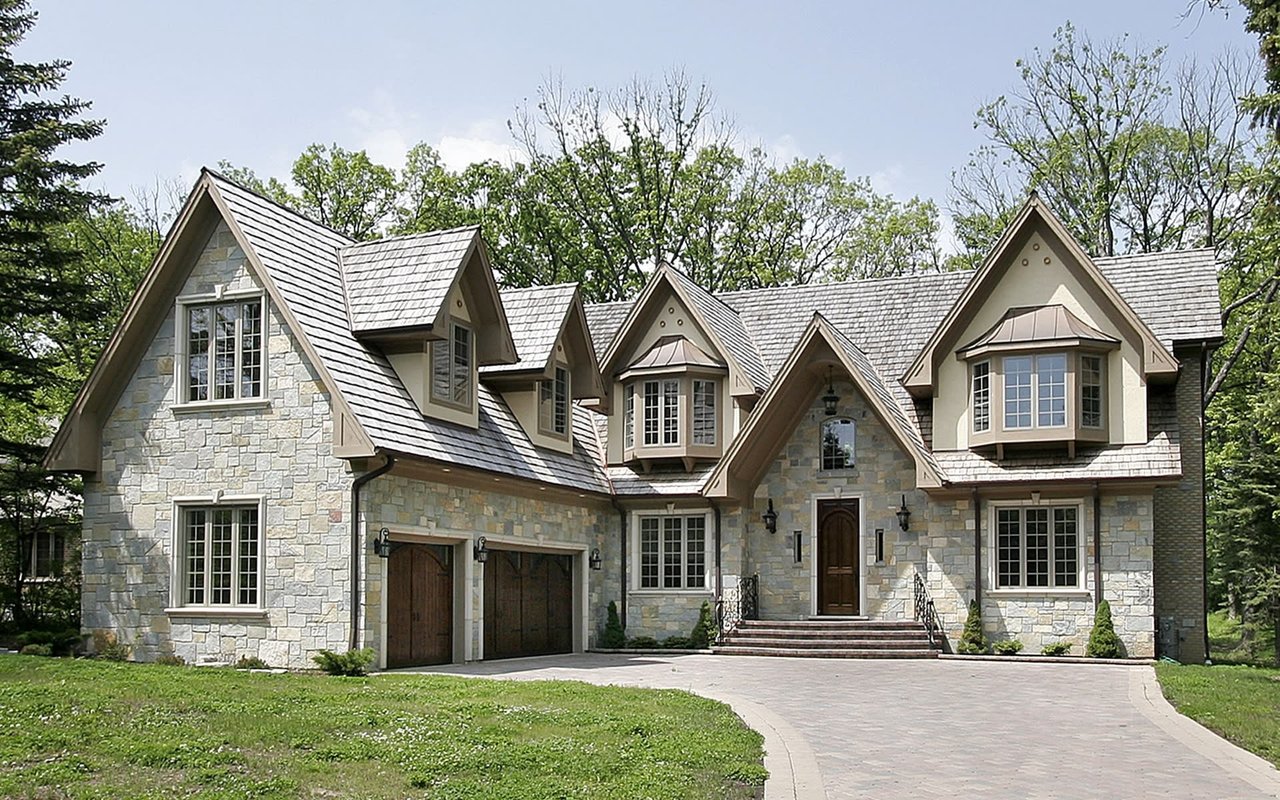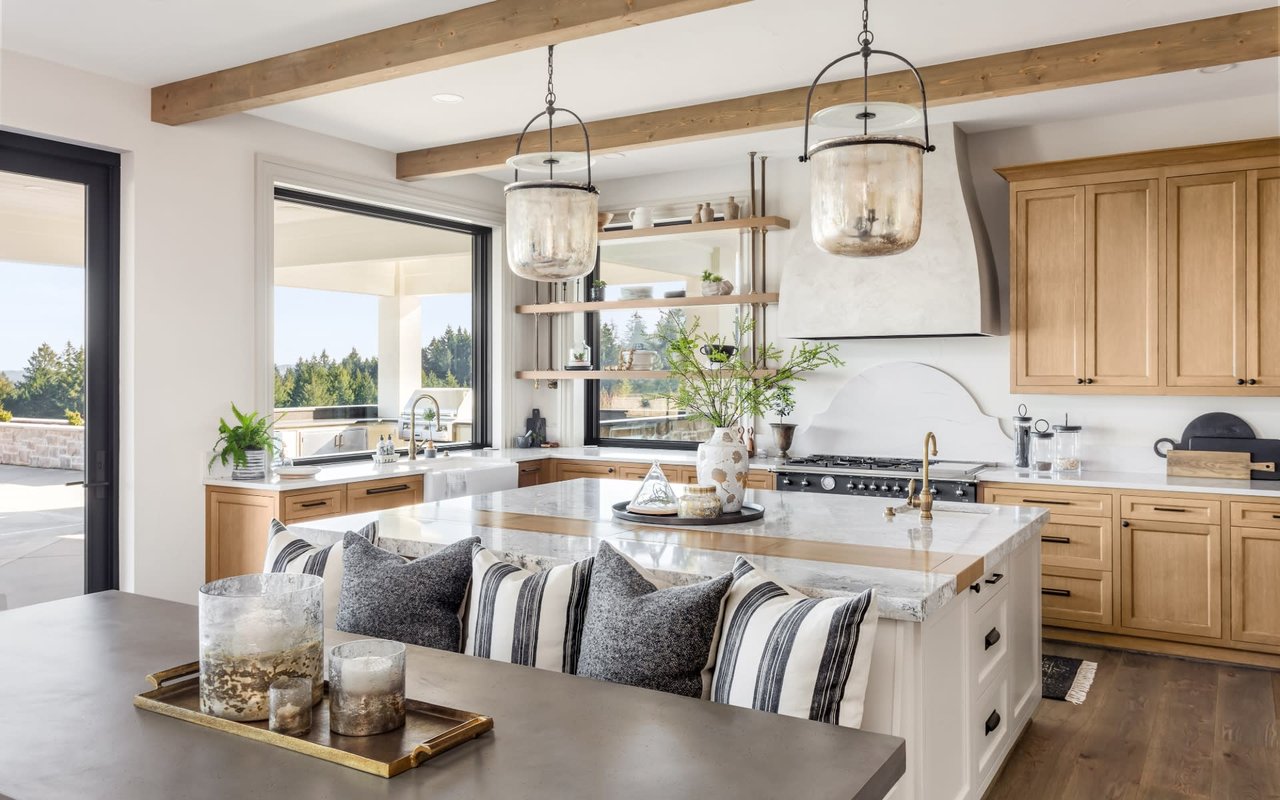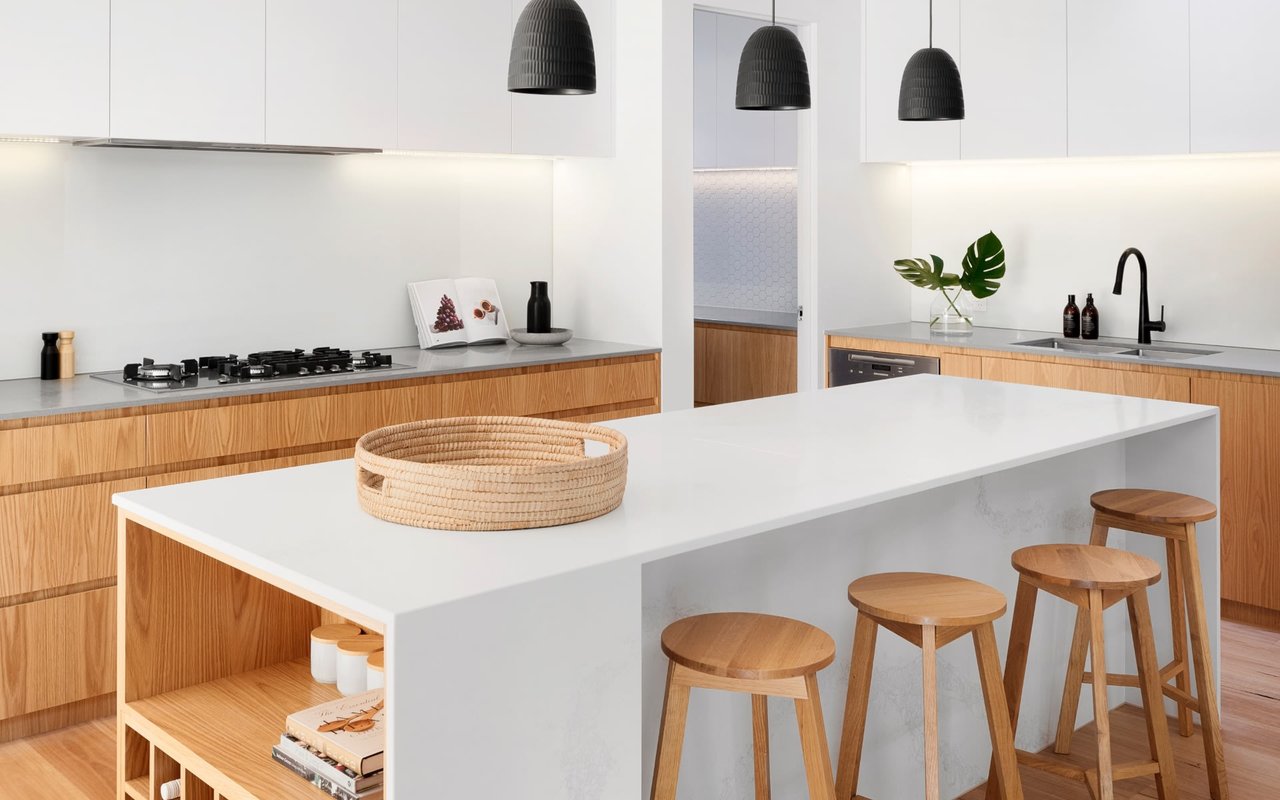Construction Loans: Types, Differences, and How to Qualify
community

community

Dreaming of your ideal home is easy–financing it, however, can be a challenge! A loan for new construction can help you realize your dreams, but where do you even begin? This video will tell you what you need to know about construction loans, from the type you might need to how to get one. Let’s jump in!
A construction loan is a short-term loan used to finance a major renovation or build a brand new home. Unlike a mortgage, construction loans typically last for 6 months to one year and are only for the construction process. Once the home is built, the construction loan is completed and the resident must pay back the loan or apply for a mortgage loan.
Construction loans are specific and cannot be obtained for just anything. These loans are for expenses associated with building a home, including the cost of the land, permits, materials, and labor.
A construction loan and a mortgage differ in several key ways including how the funds are distributed, how the borrower makes repayments, and the level of inspector or appraiser involvement.
In a traditional mortgage, you immediately get the money to pay for the home you’re buying, then repay both the principal and interest over time.
A construction loan, however, is paid out in installments to the builder. These payments are called draws and are made to the builder or contractor as the work reaches certain milestones. Each draw is a percentage of the total loan amount and is paid out after an inspection that will verify the work was completed.
You, the borrower, will make interest-only payments during construction then pay the loan back in full once construction ends. Many borrowers convert the loan into a permanent mortgage.
During construction, an inspector or appraiser will regularly check out the progress to approve the work and ensure that everything passes inspection. If it does, the lender makes additional draws to the builder or contractor.
Construction loans have higher interest rates than mortgages because they’re unsecured.
What does that mean? With a traditional mortgage, the lender uses your home as collateral in case you default on your loan. However, since new construction doesn’t yet have that collateral, the loan itself is a greater risk for lenders if you default.
One possible exception to this is if you already own the land on which you’re building; in that case, the bank may use your land as collateral.
And unlike mortgages, which have fixed rates, construction loans move up and down based on prime rates. But don’t let this worry you! Rates are typically around a percentage point higher than traditional mortgage rates.
Each new-construction situation is different, so banks provide different types of loans to meet the most common scenarios.
This is a one-time loan that, upon completion of home construction, converts into a traditional mortgage.
Borrowers like this option because they only have to pay one set of closing costs, and already have the funds secured for a fixed-rate mortgage when the construction is finished.
A construction-to-permanent loan is known as a single-close loan since the borrower is only paying one set of closing fees.
This is a short-term, adjustable rate loan that only covers the time of construction.
Since it’s just for that period, after completion of construction the loan must be repaid in full or refinanced into a mortgage. However, that refinancing requires a second application and second set of closing fees, making it known as a two-time close.
A construction-only loan is best for borrowers who intend to pay off the loan immediately either with a large amount of cash on hand, or from the sale of another property, in order to avoid refinancing fees.
Renovation loans can cover the cost of both purchasing and extensively renovating a home.
Unlike some other types of construction loans, a renovation loan typically does not require a homeowner to disclose how the funds will be used.
This is an excellent option for borrowers purchasing a fixer-upper or historical property that needs extensive work, and only requires a single close.
In the case of an owner-builder loan, the homeowner is also the builder and contractor. To qualify for this type of loan, the borrower must demonstrate that they have the proper experience, education, and licensing to be considered the builder. The lender then makes draws to the owner rather than a third-party contractor.
An owner-builder construction loan can be either a construction-to-permanent loan or a construction-only loan.
An end loan is simply the traditional mortgage a homeowner obtains once construction is completed.
Since not all lenders may offer a construction-to-permanent loan, an end loan is applied for once construction on a home is completed and the construction loan is paid off. This requires a second closing, making this a two-time close.
Construction loans are considered more high-risk than a traditional mortgage, so lenders have more stringent requirements to qualify.
Lenders usually require applicants to have a credit score of 620-680 or higher, a low debt-to-income ratio, and proof of sufficient income to pay back the loan.
Just as with a mortgage, construction loans require a down payment. This amount depends on the full cost of the project and the lender, but is typically about 20 to 30 percent.
Lenders need to see that you have a licensed and insured builder, a detailed construction plan, and a construction timeline. The more information you can provide, including blueprints, budget, and materials, the better your chances for approval.
There are several important steps to take when you’re ready to get a construction loan.
Before you get too far in deciding which construction loan is right for you, you need to figure out which builder is the perfect fit.
If finding a licensed builder seems daunting, start simple. The National Association of Homebuilders has an online directory where you can search for accredited, licensed builders in your area. Choosing a builder whose style you like and whose work is high quality is critical for your new build.
And don’t just look at one builder–compare multiple options to find the one that best fits your interests and budget. Be sure to check with your local real estate professional for recommendations and referrals.
If you’ve ever gotten a traditional mortgage, you’ll recognize most of the same paperwork when applying for a construction loan. Lenders will require the financial documentation including pay stubs, tax documents, proof of income, and proof of employment.
Additionally, you’ll likely need to provide information about your builder such as business credentials and references.
And a lender will require documentation pertinent to the construction itself. This includes the contract, detailed pricing, plans for construction, and a timeline for the building process.
When you’re shopping for a new home you must be preapproved and know your budget before you begin. The same holds true with building a brand-new home. Get preapproved before you begin paying for architectural plans or blueprints; this will save you money and potential heartache if your eyes were bigger than your budget!
Pre-approval requires the same type of documents as for a traditional mortgage, including tax documents, W-2, and bank statements.
And the final step: make sure you get insurance coverage.
Even though you don’t technically have a home yet, lenders require a homeowner’s insurance policy that includes builder’s risk coverage. This protects you in case anything happens during the construction process.
A construction loan is one of the best ways to build your dream home and take your plans from paper to reality!
Now that you better understand what a construction loan is, the different types, and how they work, you’re prepared to take the next step in your new-construction process. Reach out today to learn more about construction loans and how I can help you build the home of your dreams!
Stay up to date on the latest real estate trends

housing market
December 2, 2025
November 2025

housing market
November 2, 2025
October 2025

housing market
September 30, 2025
September 2025

housing market
September 1, 2025
August 2025

housing market
August 1, 2025
July 2025

housing market
July 1, 2025
June 2025

housing market
June 3, 2025
May 2025

housing market
April 30, 2025
April 2025

housing market
March 31, 2025
March 2025
Whether you’re buying or selling a home (or both), your success hinges upon the expert advice and services provided by your real estate agent. I’m committed to providing my clients with professional services based on my experience, knowledge and skills.